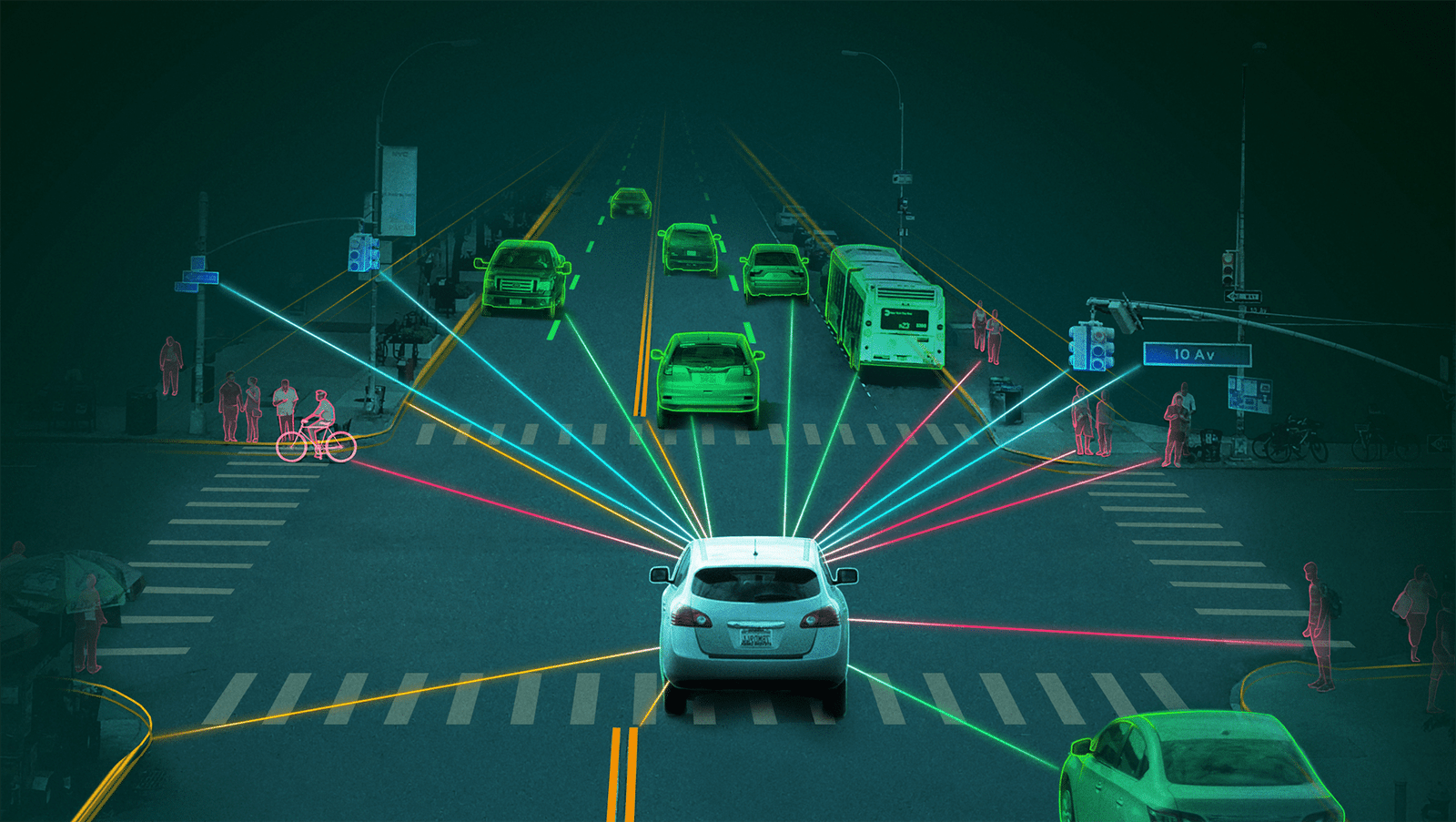Autonomous vehicles, also known as self-driving cars, are rapidly becoming a reality. With the promise of increased safety, improved efficiency, and reduced emissions, they are seen by many as a transformative technology that could revolutionize transportation. However, as with any new technology, there are also risks and uncertainties that need to be carefully considered. In this article, we will explore the promise and perils of autonomous vehicles and examine the road ahead for this rapidly evolving technology.
Table of Contents
The Promise of Autonomous Vehicles:
The promise of autonomous is clear. By removing the need for human drivers, autonomous have the potential to reduce the number of accidents caused by human error. In the US alone, over 38,000 people die in car accidents each year, and more than 90% of these accidents are caused by human error. With autonomous vehicles, the hope is that this number could be dramatically reduced, potentially saving tens of thousands of lives each year.
In addition to safety benefits, autonomous also have the potential to increase efficiency and reduce traffic congestion. By communicating with one another and with traffic infrastructure, autonomous vehicles could optimize their routes, reducing travel times and improving the overall flow of traffic. This could have significant benefits for both individuals and businesses, as it could reduce transportation costs and improve productivity.
Finally, autonomous vehicles could also have significant environmental benefits. By optimizing their routes and reducing the number of vehicles on the road, autonomous vehicles could reduce emissions and help combat climate change. In addition, they could facilitate the adoption of electric and other low-emission vehicles, further reducing the environmental impact of transportation.
Read More:The Potential of Web 3.0 for Business and E-commerce
The Perils of Autonomous Vehicles:
While the promise of autonomous vehicles is significant, there are also many risks and uncertainties that need to be carefully considered. One of the main concerns is the potential for accidents caused by software or hardware failures. While autonomous vehicles are designed to be safer than human drivers, they are not infallible, and there is always the risk of a malfunction or error that could result in an accident.
Another concern is the potential for cyber attacks. As autonomous become more connected and rely increasingly on software and data, they could become vulnerable to hacking and other forms of cyber attack. This could pose a significant risk to both individuals and businesses, as it could result in theft of personal or corporate data, as well as physical harm to passengers and pedestrians.
Finally, there are also concerns around the potential impact of autonomous vehicles on employment. As autonomous vehicles become more common, they could displace human drivers, potentially leading to significant job losses in the transportation sector. While there may be opportunities for new jobs and industries to emerge, the transition could be disruptive and difficult for many workers.
Given the promise and perils of autonomous , it is clear that careful planning and regulation will be essential in order to navigate the road ahead. Governments and industry leaders will need to work together to develop robust safety standards and protocols, as well as to address concerns around cyber security and employment.
In addition, it will be important to ensure that autonomous vehicles are designed and developed with the needs and values of all stakeholders in mind. This will require collaboration between engineers, designers, policy makers, and the public, in order to ensure that autonomous vehicles are safe, accessible, and beneficial for all.
Finally, it will be important to continue to monitor and evaluate the impact of autonomous vehicles as they become more widespread. This will require ongoing research and data collection in order to ensure that any unintended consequences are identified and addressed in a timely manner.
Read More:Antarctica Got Too Warm for Its Only Electric Vehicles to Operate
There are several advantages of autonomous vehicles, also known as self-driving cars:
- Improved Safety: Autonomous have the potential to significantly reduce accidents caused by human error. As per the National Highway Traffic Safety Administration (NHTSA), more than 90% of accidents are caused by human error, such as distracted driving or driving under the influence. Autonomous vehicles are equipped with sensors and cameras that enable them to detect obstacles and avoid collisions, which could help to reduce the number of accidents on the road.
- Increased Efficiency: Autonomous vehicles can optimize routes, which can reduce travel time and improve the flow of traffic. This can lead to increased efficiency for both individuals and businesses, resulting in cost savings and improved productivity.
- Reduced Emissions: Autonomous can also help to reduce emissions, as they can optimize routes to reduce congestion and improve fuel efficiency. Additionally, as electric and other low-emission vehicles become more common, autonomous can facilitate their adoption and help to reduce the environmental impact of transportation.
- Improved Accessibility: Autonomous vehicles can improve accessibility for people with disabilities or those who are unable to drive, providing greater independence and mobility.
- Enhanced Convenience: Autonomous can provide greater convenience, as passengers can use their travel time for other activities, such as work or leisure, rather than focusing on driving.
Overall, autonomous vehicles have the potential to significantly improve safety, efficiency, accessibility, and convenience, while also helping to reduce the environmental impact of transportation.


